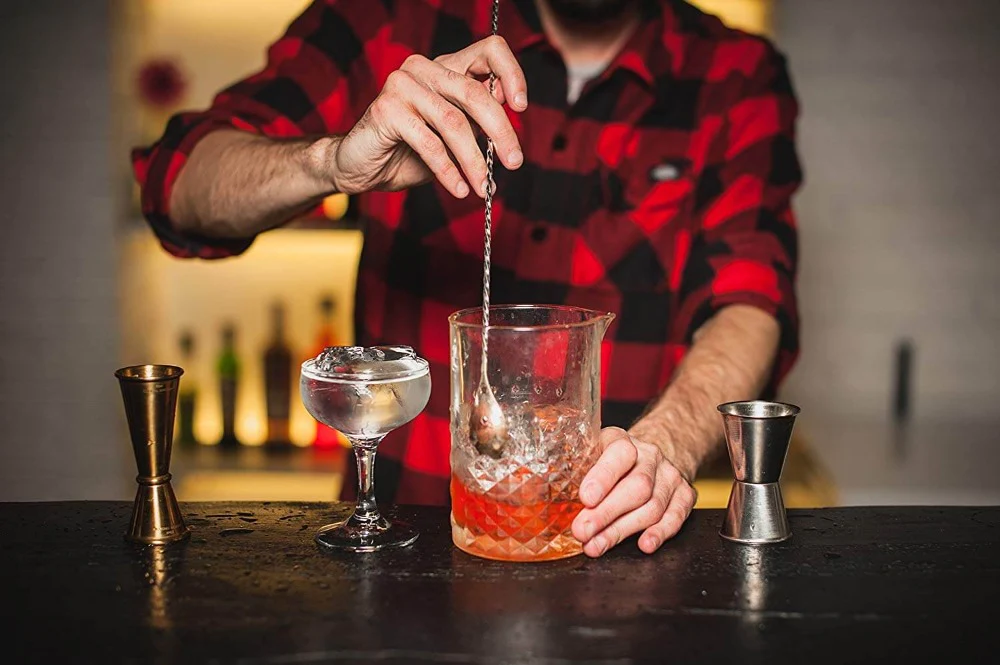Combining alcoholic beverages is a careful process that requires a deep understanding of the range of flavors, alcohol levels, and precise component proportions. This practical approach has a long history dating back to ancient civilizations and has weathered the test of time, enduring through many generations.
Whether you are a seasoned mixologist or a novice drinker, understanding the fundamentals of mixing different types of intoxicating beverages may take your drinking experience to new heights and leave spectators wondering about your proficiency in this artistry.
This article will guide you to the historical and current aspects of mixing alcoholic beverages, their benefits, and their drawbacks while offering ideas if you’re looking for clarification on this perplexing effort.
Table of Contents
ToggleThe Origin of Mixing Alcoholic Drinks
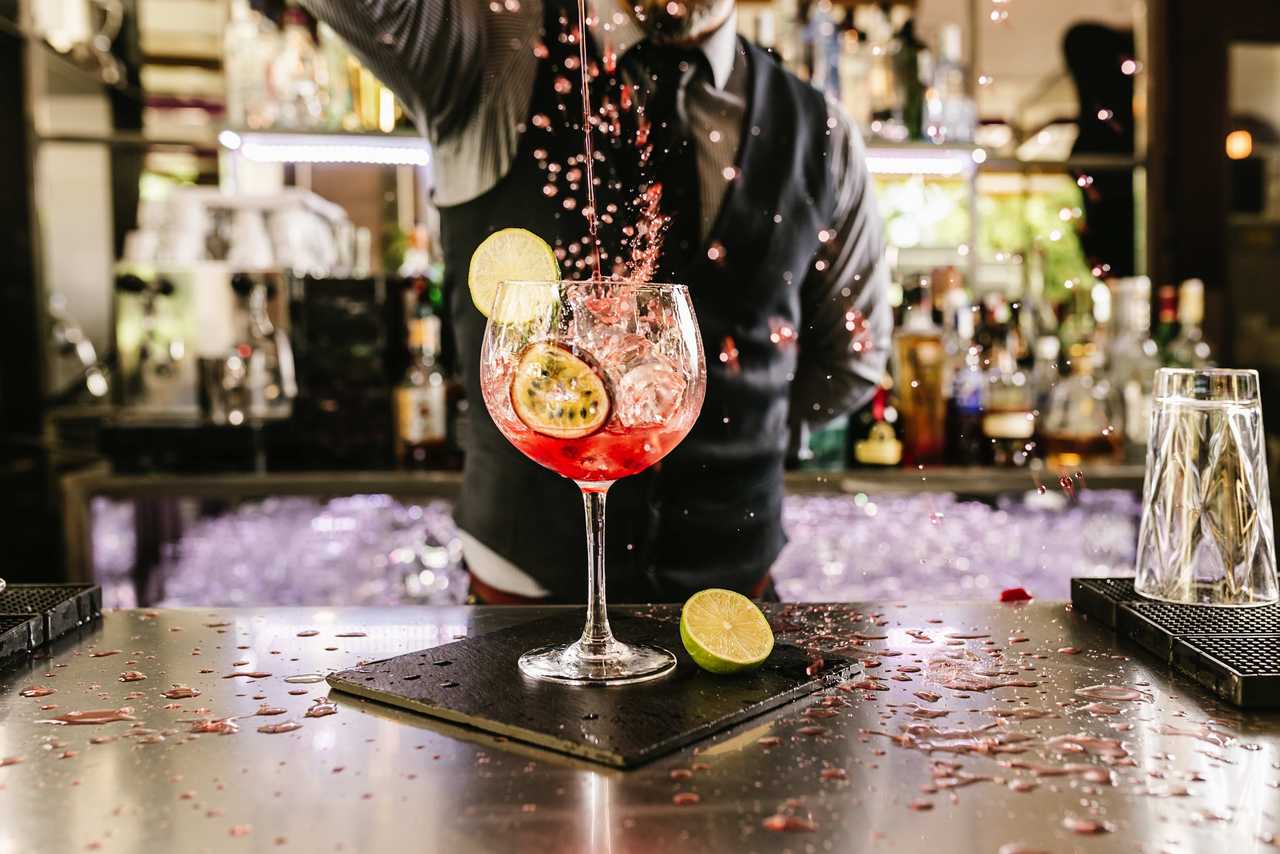
Back in the day, alcohol aficionados would jazz up their vino by blending it with an overload of spices and herbs for that extra flavor kick. During the Grecian era, they would mesh water with wine to tone down its potency and make it more enjoyable for the taste buds.
The Romans used to create a lip-smacking beverage by pouring honey and spices into wine, known as mulled wine. The art of fusing drinks kept on flourishing through the Middle Ages and the Renaissance with the construction of an array of mixed drinks and punches.
Bartenders developed the skill of combining many ingredients to make complicated cocktails in the 19th century. Jerry Thomas, regarded as the founder of contemporary mixology, was one of the most well-known bartenders of his day. He invented enduringly well-liked drinks, including the Brandy Crusta, the Blue Blazer, and the Tom Collins.
Making the Iconic Cocktails
If you’re thinking of making Jerry Thomas’ iconic mixed drinks, get ready to shake, stir, and flame to some delicious cocktail-making ahead.
Brandy Crusta
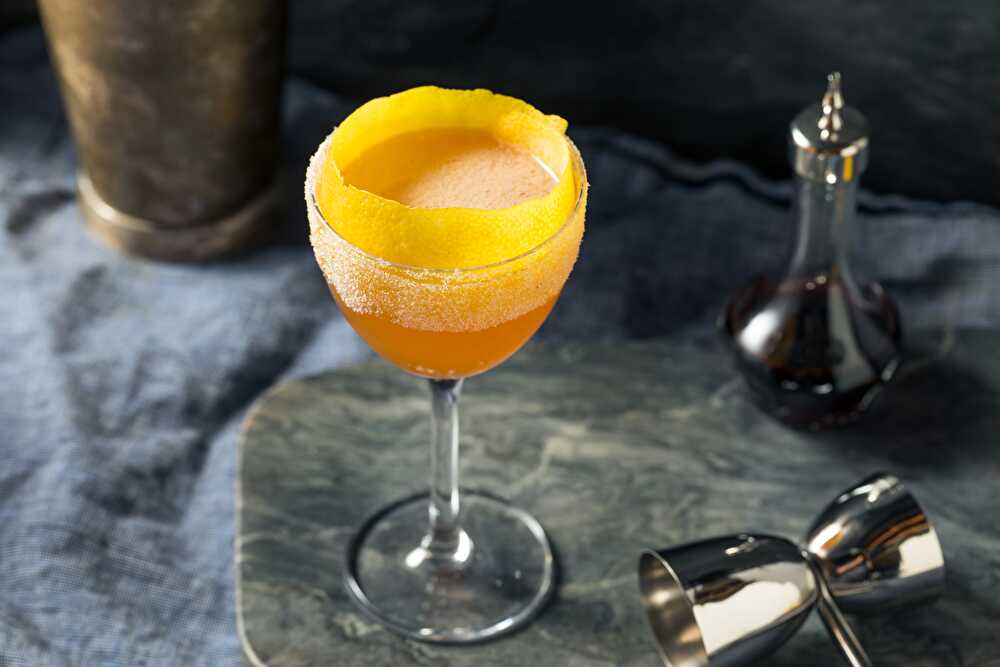
Brandy Crusta has been around since the middle of the 1800s, so you know it’s a classic for a reason.
You can make this by rimming a cocktail glass with sugar and setting it aside. Next, mix 2 oz of brandy, ½ oz of Cointreau or triple sec, ¼ oz of lemon juice, ¼ oz of simple syrup, and two dashes of bitters in a shaker with ice.
Strain the mixture into your sugar-rimmed glass, and garnish with a lemon peel. Voila! You’ve got yourself a sweet and tangy Brandy Crusta.
Blue Blazer

This drink is not for the faint of heart – it involves lighting alcohol on fire! But don’t worry. You’ll be guided through it in this article.
You’ll need scotch, boiling water, and demerara sugar. First, heat your scotch in a pan until it’s warm but not boiling. Then, pour the scotch into a metal cup or pitcher with 1 tsp of demerara sugar.
Light a match and carefully ignite the scotch. It will produce a beautiful blue flame. Slowly pour the boiling water into the cup while simultaneously pouring the flaming scotch back and forth between two cups (you can use metal cups or jiggers for this).
Keep going until the flame dies out, and then pour the mixture into a glass. Garnish with a lemon twist, and enjoy the warm, smoky flavor of a Blue Blazer.
Tom Collins
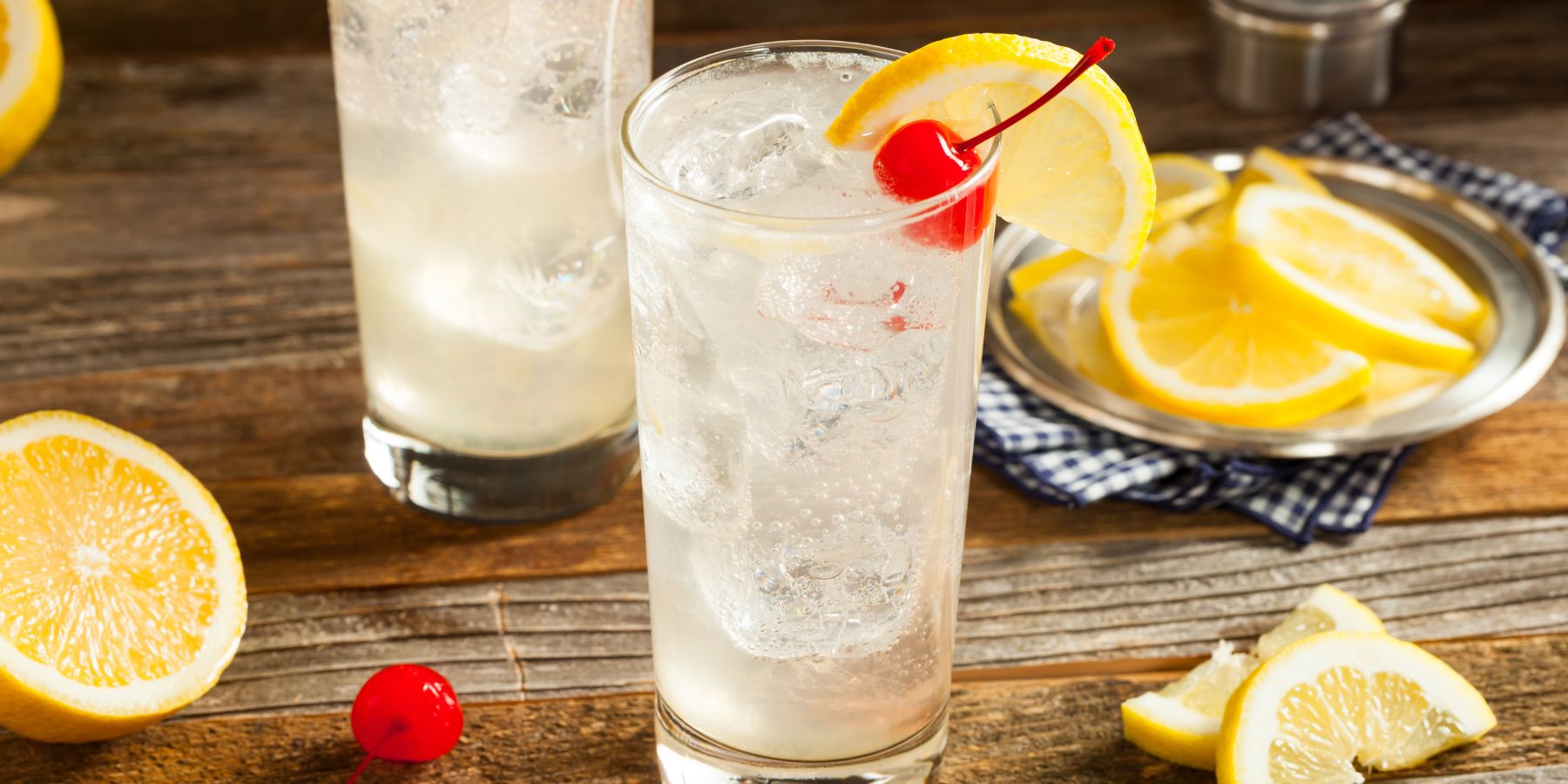
Next, let’s whip up a refreshing Tom Collins. This drink is perfect for a sunny day. It’s super easy to make.
You’ll need lemon juice, simple syrup, and club soda. First, mix 2 oz of gin, ¾ oz of lemon juice, and ½ oz of simple syrup in a shaker with ice. Pour club soda on top after straining the mixture into a tall glass that has been filled with ice. Give it a quick stir, and garnish with a lemon wedge and a cherry.
And just like that, you’ve got a classic Tom Collins to sip on.
The Advantages of Mixing Alcoholic Drinks
There are many advantages to the skill of mixing alcoholic beverages, but the development of distinctive and mouthwatering cocktails stands out as the most important.
You may create a drink that is especially for you by combining various components to suit your taste preferences. Additionally, mixing liquor gives you a chance to experiment with diverse flavors and discover previously unimagined flavor pairings. It’s an exciting and fun way to broaden your pallet and try new flavors.
An ancillary benefit of combining beverages rests in your capability to handle the measure of alcoholic content in your concoctions. Through the addition of mixers such as sodas, juices, or water, you may dilute the potency of your cocktails. Should an extended duration of imbibing be anticipated, this practice can aid in managing the degree to which alcohol is being consumed.
The Disadvantages of Mixing Alcoholic Drinks
While mixing alcohol produces delightful tastes, certain disadvantages should be considered. The likelihood of excessive alcohol intake is the most apparent risk connected with beverage combination.
Combining different substances makes it difficult to keep track of how much ethanol is being drunk, which can lead to a false sense of security that could lead someone to drink more than they planned.
Mixing drinks has the unwanted side effect of adding financial stress too. In contrast, ordering mixed drinks in a bar may result in a higher price than ordering plain alcoholic beverages. If you choose to make cocktails at home, a mixture of different components may carry burdensome financial weight.
What to Consider When Mixing Alcoholic Drinks
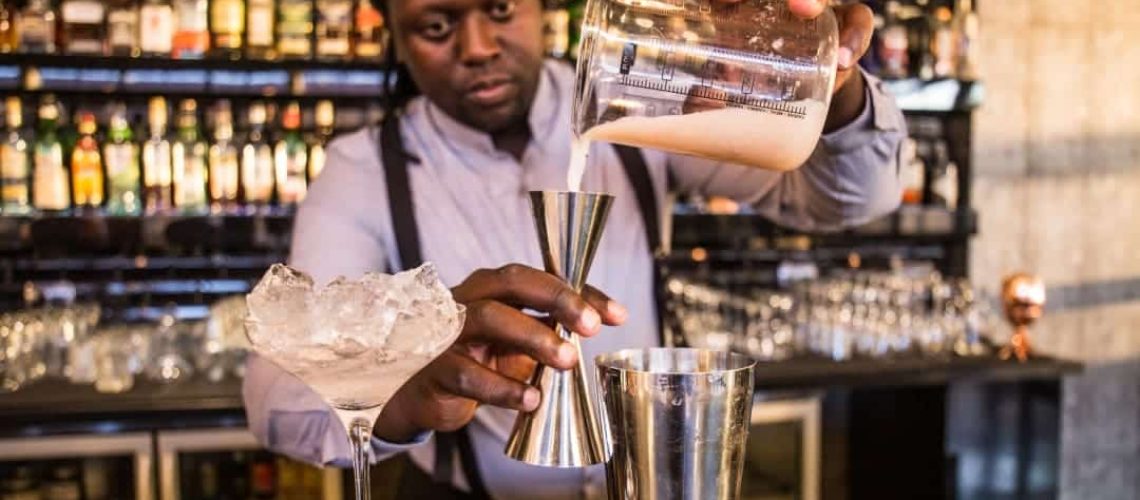
If you decide to practice the skill of blending different alcoholic beverages, you must do so with the utmost caution and diligence.
You must keep a precise record of how many previous drinks you consumed. Ensure accurate measurement and a heightened awareness of the amount used in each unique concoction by being watchful and knowledgeable about the alcohol percentage existing inside each component used in your mixing attempts.
Understanding the diverse impacts of different alcoholic beverages is crucial. In contrast to its counterparts, certain forms of alcohol, such as tequila and gin, can have a more noticeable effect on behavior and temperament.
Because of this, it is best to get knowledgeable about the distinctive psychological effects that each alcoholic beverage has and to fine-tune their combining methods following the best results.
When combining alcoholic beverages, be aware of your surroundings and the people in your immediate area. The key to avoiding harmful effects like accidents, injury to oneself or others, or violent acts is to consume alcohol sparingly and in a safe environment.
When partaking in alcoholic beverages with friends, make sure everyone is aware of the risks involved with combining strong liquors and encourage actions that show responsible drinking.
Conclusion
Consuming alcoholic beverages in combination may be an exciting way to explore new, delicious sensations while creating inventive drinks. However, showing awareness of the potential risks and disadvantages associated with such behavior carries a lot of weight.
You can enjoy the benefits obtained from skillfully combining various constituents without putting yourself or other partygoers in danger by applying quick calculation to your imbibe volume, staying informed of implications attendant on different drinks, and consuming with caution and cognition.
Indulge in mixology and let your impulses run wild as fantasy tempts you toward various liquor combinations!

I am a passionate beer connoisseur with a deep appreciation for the art and science of brewing. With years of experience tasting and evaluating various beers, I love to share my opinions and insights with others and I am always eager to engage in lively discussions about my favorite beverage.

